Mercury that hangs around after mining and coal production spells bad news for the environment and can retard brain development in children.
Now a team of chemists lead by Justin Chalker at Flinders University has developed a new material to permanently remove mercury from soil and water. It’s called Sulfur-Limonene Polysulfide, or SLP for short.
“SLP is a polymer that looks like red rubber, and is made quite cheaply from industrial by-products,” says Justin. “We can make it into any shape we want.”
By lining storage containers with SLP, Justin and his colleagues have successfully removed mercury from river and pond water, and soil. The product is self-indicating: the red polymer turns yellow when it binds mercury.
“This means we know when the SLP is saturated, and needs to be changed,” Justin explains.
After contact with SLP, mercury remains permanently bound and can be stored safely without further environmental risk.
Justin has published his results, and filed an international patent application for SLP and its use in removing toxic mercury from the environment. He is currently in discussion with industry partners to develop the material further.
Justin presented his research at Fresh Science South Australia 2015.
Fresh Science is a national program that helps early-career researchers find and share their stories of discovery. Over 30 early-career researchers nominated for Fresh Science SA, which was held at the South Australian Museum (training) and The Lion Hotel (public challenge event).
Fresh Science South Australia was supported by the The University of South Australia, The University of Adelaide, Flinders University and the South Australian Museum.
The research will be published in an open-access article in the journal Angewandte Chemie International Edition (DOI: 10.1002/anie.201508708), where it was selected as a Hot Paper by the Editors. Angewandte Chemie International Edition is one of the highest profile journals in chemistry research.
Contact: Justin Chalker, Flinders University, justin.chalker@flinders.edu.au
Click here for full media briefing.
In the news: The Advertiser, ABC – The World Today, Business Insider, The Conversation, ScienceAlert, The Lead South Australia, IFL Science, The New Daily, Mining.com, I4U News, The Blaze, Mic, Discovery/Discovery News, Independent UK, Gizmodo, SlashGear, Mornings on 774 ABC (from 1:08:35), ResearchCareer, Down to Earth, DailyKos, Sustainability Matters, Over Sixty, eTeknix, EM News, The LAD Bible, Asian Center – Environmental Health, Eatglobe, Science World Report, Just Science News, InfoWars, External Diffusion, BostonCommons, Tech Times, Good News Network, Pioneer News, The Spirit Science, GOOD, Natural World News, redOrbit, Dispatch Tribunal, Terra Daily, Aquavist, World Report Now, United Press 1233 ABC Newcastle, and more!
New material absorbing mercury from water and turning yellow (time lapsed). Credit: Max Worthington, Flinders University

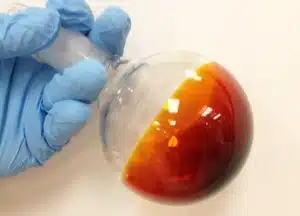
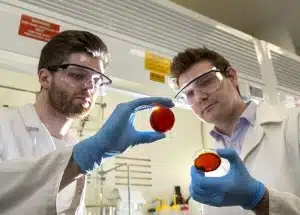
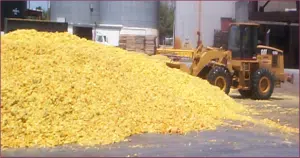

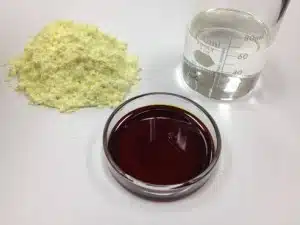
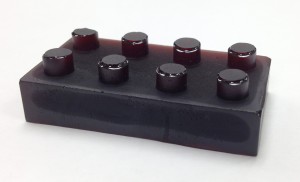
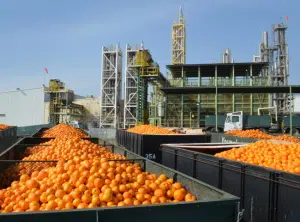

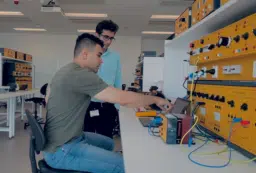

 Fresh Science is on hold for 2022. We will be back in 2023.
Fresh Science is on hold for 2022. We will be back in 2023.